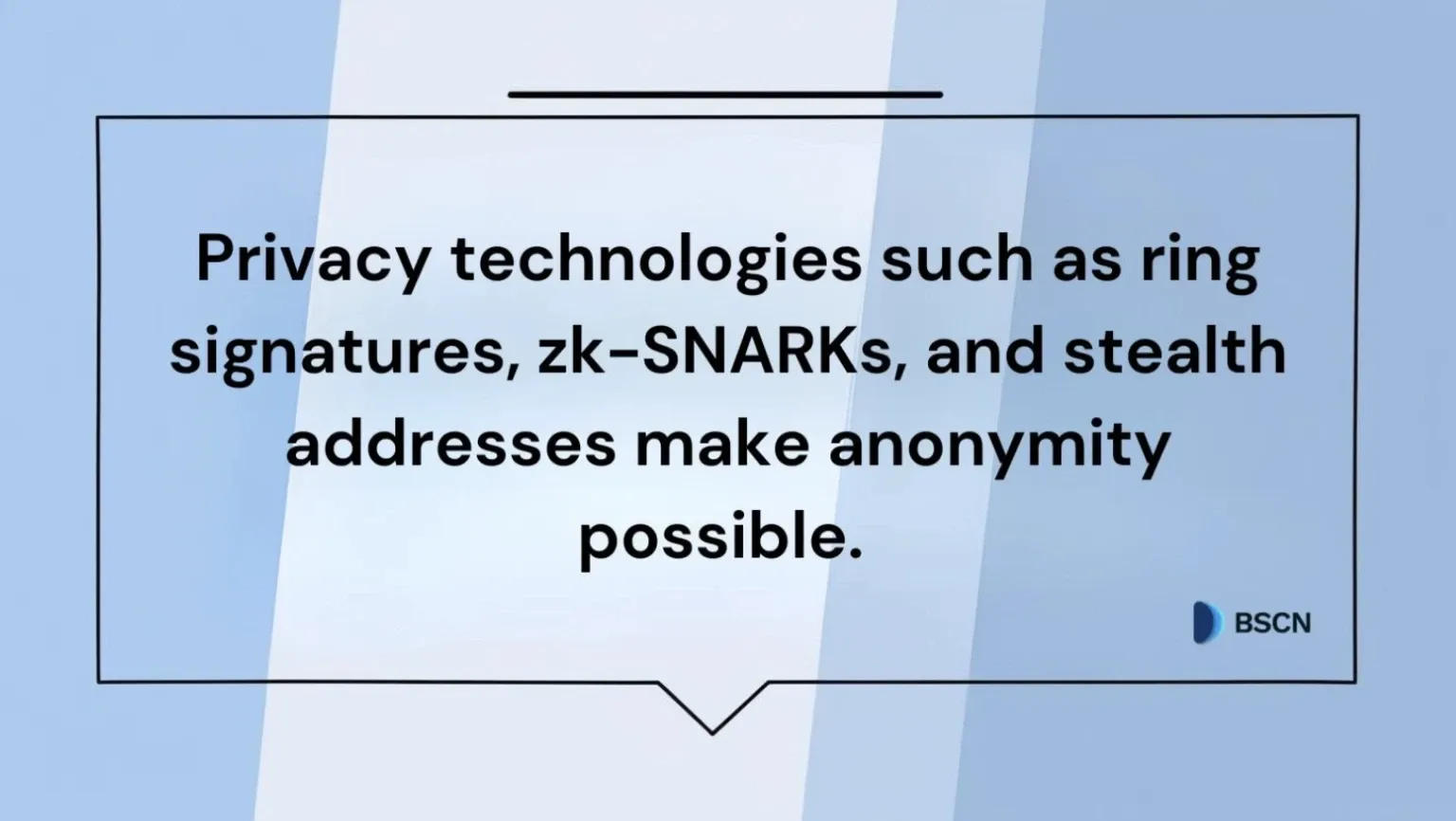







































Are Privacy Coins Still a Thing in 2025? Trends and Predictions
 THING
THING
 GEN
GEN
 XMR
XMR
 ZEC
ZEC
 EVO
EVO
Cryptocurrency as a whole has come a long way since Bitcoin’s introduction, and privacy coins were once heralded as the ultimate solution for financial anonymity. Designed to keep transactions confidential and identities hidden, these specialized cryptocurrencies sparked interest and controversy from day one. However, in 2025, with evolving regulations, innovative technology, and changing user priorities, the relevance of privacy coins feels increasingly uncertain. Are they still useful? Or are they becoming relics in a more transparent crypto ecosystem? Let’s take a closer look at their history, current trends, and what the future may hold.
The Rise and Evolution of Privacy Coins
To understand where privacy coins stand today, it’s essential to revisit their origins and the reasons they captured attention in the first place.
What Are Privacy Coins?
Privacy coins are a type of cryptocurrency designed to prioritize user anonymity and the confidentiality of transactions. Unlike Bitcoin and Ethereum, where transactions are publicly recorded on the blockchain, privacy coins hide transaction details—including amounts, sender addresses, and recipient addresses.
Privacy technologies such as ring signatures, zk-SNARKs, and stealth addresses make this level of confidentiality possible. For example, Monero uses ring signatures to obscure the origin of funds, while Zcash employs zk-SNARKs to prove transactions occurred without revealing specific details. In short, these coins aim to protect user identities in an increasingly monitored digital world.
Why Privacy Coins Became Popular
The rise of privacy coins was driven by a growing demand for financial privacy. In the early days of crypto, Bitcoin was mistakenly thought of as an anonymous way to send value. When users realized Bitcoin transactions could be traced, privacy coins emerged to fill the gap.
These coins appealed to individuals seeking to safeguard their financial activities—whether to protect personal information or avoid surveillance. They also resonated with libertarians and privacy advocates who saw them as a tool for resisting government control and protecting freedom.
However, with anonymity came controversy. Privacy coins became heavily associated with illegal activities, such as money laundering and transactions on darknet markets. While many users employed these coins for lawful purposes, their misuse by bad actors attracted the attention of global regulators.
Regulatory Challenges Over the Years
From the start, privacy coins faced intense scrutiny from governments and financial institutions. Nations like Japan and South Korea banned their use entirely, citing concerns about tax evasion and criminal activity. Some exchanges in the US and Europe delisted privacy coins due to increasing compliance demands.
Regulators’ primary concern has always been the inability to trace transactions. Transparent blockchains like Bitcoin allow law enforcement to track illicit financial flows when necessary, but privacy coins make this nearly impossible. Over the years, this regulatory pressure has made it harder for privacy coins to gain mainstream traction.

Privacy Coins in 2025: Current Trends
Fast forward to the present day, and privacy coins still exist, but the landscape around them has shifted dramatically. Several key trends define their status today.
Adoption and Usage
As cryptocurrency adoption has gone mainstream, the demand for privacy coins has seen mixed results. On one hand, some industries and regions still rely on them. Privacy advocates, journalists, and political dissidents in authoritarian countries use these coins to protect themselves. On the other hand, stricter regulations and penalties have discouraged usage in developed economies.
Interestingly, privacy coins have made a small comeback within niche sectors. For instance, in the gaming industry or among decentralized communities valuing privacy, these coins have carved out specific use cases. However, their overall market share remains small compared to more broadly adopted assets like Bitcoin and Ethereum.
Advancements in Privacy Technology
Technological innovation has kept privacy coins competitive despite decreasing popularity. In 2025, advancements like zk-STARKs (an evolution of zk-SNARKs) and adaptive anonymity protocols have improved the efficiency and security of privacy features. These upgrades make transactions even harder to trace while reducing computational costs.
Moreover, some privacy concepts have migrated to mainstream blockchains, creating hybrid solutions. For example, Ethereum's layer-2 solutions now include optional privacy features, making it easier for users to toggle between transparent and private transactions. This integration raises questions about whether standalone privacy coins can maintain relevance in the long run.
Impact of Regulatory Policies
Regulators haven’t let up in their efforts to control or eliminate privacy coins. Compliance requirements have reached new levels of intensity. Most centralized exchanges outright refuse to list privacy coins due to Know Your Customer (KYC) and Anti-Money Laundering (AML) laws. Some countries, like the US and EU nations, have imposed severe penalties for their misuse.
Still, enforcement isn’t universal. Nations with looser regulatory oversight or a history of favoring cryptocurrency innovation—such as certain parts of Asia and Africa, remain havens for privacy coin activity.
Predictions for the Future of Privacy Coins
So, what lies ahead for privacy coins? Several possibilities may shape their trajectory beyond 2025.
Will Governments Intensify Restrictions?
There’s little doubt that privacy coins will remain a regulatory target. Governments are wary of their capacity to enable untraceable transactions, and this concern will likely lead to stricter enforcement. Over time, some privacy coins may migrate underground, appealing exclusively to users willing to take legal risks. Others could attempt to adapt by incorporating semi-compliant features—but at the cost of losing their appeal to hardcore privacy advocates.
Integration with Broader Blockchain Ecosystem
Instead of withering away completely, privacy-focused technology could integrate into broader crypto ecosystems. Already, major blockchains like Ethereum are experimenting with privacy solutions that offer the best of both worlds: transparency when required and privacy when desired. If this trend continues, standalone privacy coins could lose relevance as these features become standard on larger platforms.
Decentralized finance (DeFi) is also an area ripe for privacy innovation. Users of DeFi platforms might begin demanding more anonymity features, and privacy coins that integrate with DeFi protocols could see renewed interest.
Will Privacy Coins Survive?
The question of survival depends largely on whether these coins can adapt. If innovation stagnates or regulations become unbearable, they may fade into obscurity. However, as long as there’s demand for privacy in financial transactions, they’ll likely retain a small but dedicated user base. Their future may reside not in the mainstream but in specialized markets where privacy is non-negotiable.
Conclusion
Privacy coins occupy a unique, controversial space in the cryptocurrency world. While they’ve lost some of their early momentum due to regulatory crackdowns and technological competition, they remain valuable to those who prioritize financial privacy. The evolution of anonymity technology, combined with the steady push for compliance, will determine their survival in the years to come.
For avid crypto enthusiasts or those concerned with personal privacy, the next few years will be critical. Will privacy coins adapt or disappear? Only time will tell. One thing is clear: as the conversation around privacy, transparency, and control evolves, so too will the tools we use to navigate the crypto space.

